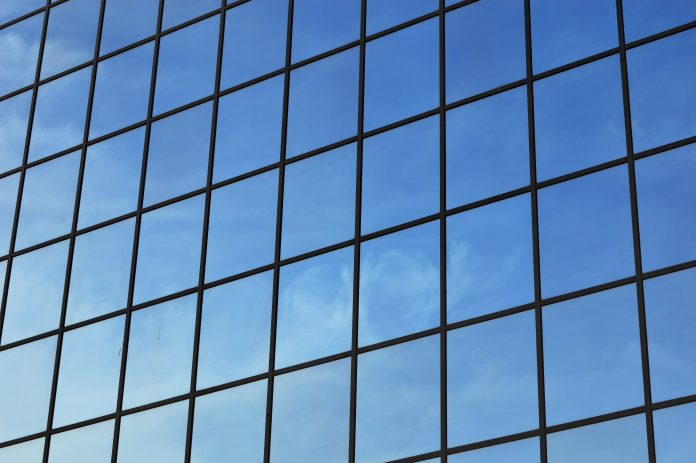Selectaglaze has gained a reputation as a leading secondary glazing specialist, creating sensitive designs with low visual impact, here, they explain the rules and regulations
Secondary glazing is a discreet retrofit adaptation for heritage or Listed buildings to improve thermal performance, provide acoustic insulation and security to original windows which cannot be changed.
Listed building consent
Listed building consent (LBC) is required for any alteration affecting the character of the building – it is a criminal offence to undertake works without it. Generally, secondary glazing is accepted as a fully reversible treatment and widely accepted as the best method of improving historic window performance.
Energy efficiency – approved document L
 Although secondary glazing is not specifically mentioned in the document, the regulations acknowledge the sensitivity in raising performance standards in heritage buildings. Therefore, original single glazed windows can be retained and secondary windows with low emissivity glass retrofitted.
Although secondary glazing is not specifically mentioned in the document, the regulations acknowledge the sensitivity in raising performance standards in heritage buildings. Therefore, original single glazed windows can be retained and secondary windows with low emissivity glass retrofitted.
A single glazed traditional window will typically achieve a U-value of around 4.7. However, if you add secondary glazing with low emissivity glass, it can be reduced to 1.8 – 1.95. This can make a significant contribution to achieving good BREEAM or EPC ratings in refurbishment and retrofit projects.
Acoustic insulation
Secondary glazing is the best method of noise insulation, as it creates a cavity from the primary window which reduces resonance and reverberation, making the interior quieter.
There are a number of regulations that should be considered, although secondary glazing is not specifically governed by them; BS 8233:1999 ‘Sound Insulation and Noise Reduction for Buildings’, Planning and Policy Guidance 24, Building Bulletin 93: Acoustic Design in schools and The World Health Organisation’s (WHO) Guidelines for Community Noise.
The WHO states that 30-35dB is an acceptable noise level for bedrooms. Putting this into context; traffic noise levels can reach 80dB. If you have original single glazed windows, then they will generally achieve a 20dB reduction. Replace these with new double glazing and the noise would be reduced to around 34dB. If you retain the original windows and add glazing with a 150mm cavity, then a 45dB reduction can be achieved.
Security – approved document Q
Although there are no specific requirements for secondary glazing within Part Q, there is a growing need in ‘change of use’ projects to meet security requirements. If a building has been deemed vulnerable following assessment by a security consultant, then specialist glazing products can be fitted. These range from Secured by Design (PAS24), enhanced physical security (LPS1175), right through to bomb blast mitigating units.
Safety – approved document K
There are two principle areas within Part K for secondary glazing.
K4 – Protection against impact with glazing: Must be met whenever secondary glazing is introduced.
K2 – Protection from falling: Can be met with the addition of secondary glazing when a ‘material change of use’ demands that performance of primary windows is improved.
Fire – approved document B
Under B1 means of warning and escape: Secondary glazing can be used on a designated fire escape window as long as it meets the opening limitations specified or does not make the situation any more unsatisfactory. Additionally, fire retardant secondary glazing can be used to treat existing openings which need to be upgraded to provide a protected escape route.
No matter the benefit required of the glazing, always ask to see performance data and test certificates to substantiate the provider’s claims. Check sample sizes that were tested – as they can sometimes skew the resulting data.

















